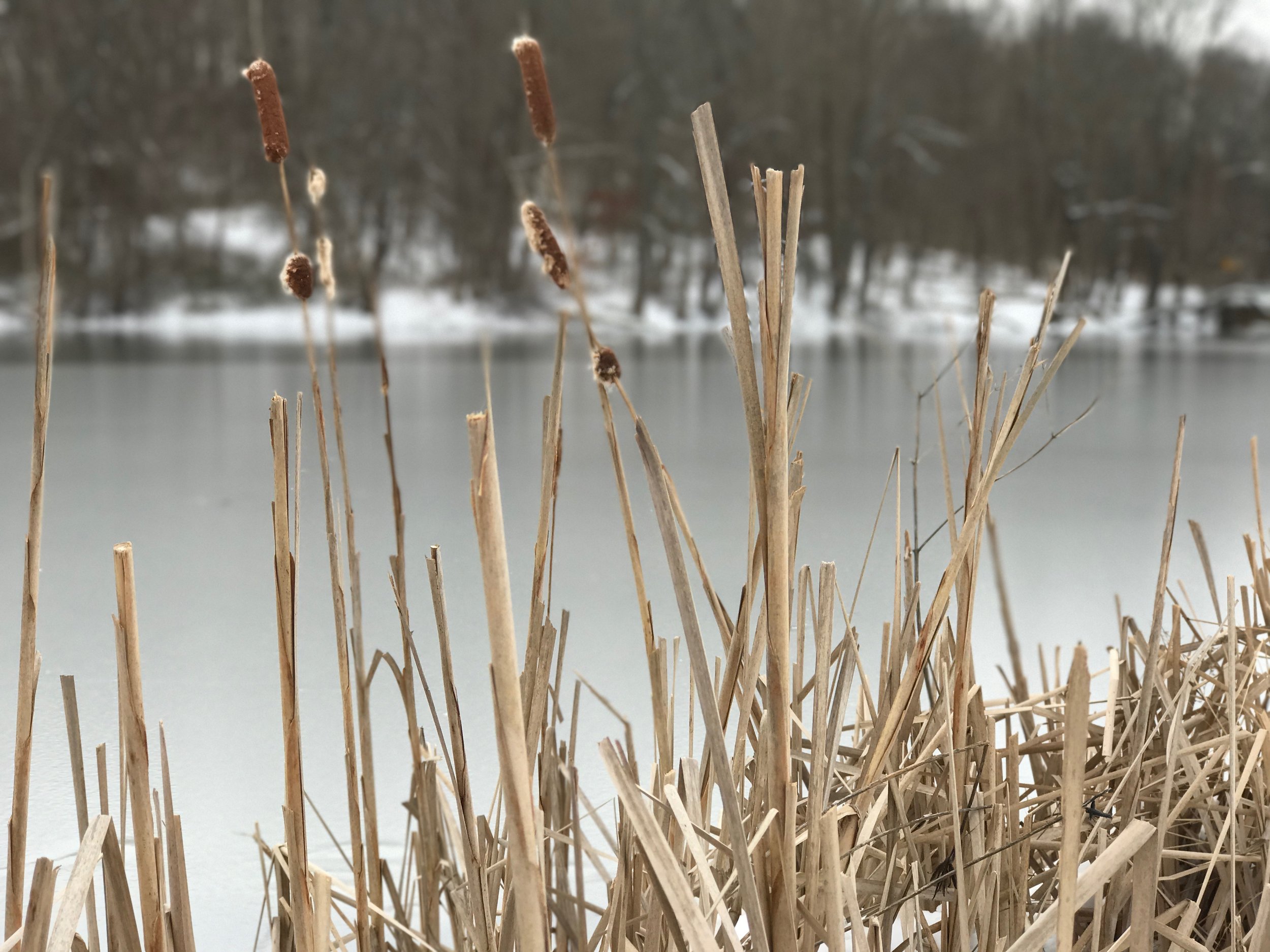Pickerel

Habitat
The native range is the eastern coast of North America from Florida to Canada and as far west as Texas and the Mississippi valley including the Great Lakes.
All species of pickerel are ambush predators that rely heavily on sight to catch their prey. They will lie motionless in cover then explode violently to secure their meal. They are lightning fast when they need to be but can also be incredibly stealthy sometimes rising like a submarine behind a fly to give it a closer look. Because they are ambush predators, they will always be found near cover. Aquatic vegetation is their preferred cover, but if it lacks in their habitat, they will also orient themselves to other structure types like wood or stone. When it comes to pickerel, the thicker the vegetation, the better. They will lie concealed then burst from cover to take their prey or your fly! They can be found in water depths only inches deep along the shoreline to submerged weed beds in 20-30 feet of water.

Description
There are several species of pickerel including the chain pickerel, the grass pickerel, and the redfin pickerel. All are members of the pike family which includes northern pike and muskellunge. Chain Pickerel are most often sought after by anglers because they are they are the most widespread and grow to larger sizes. Pickerel are known by a number of names including southern pike, gunfish, federation pike, grass pike, jack, and jackfish.
The chain pickerel is green with a distinctive chain-like pattern on its sides. They have an elongated body with a large head, and a large tooth filled mouth. They are similar in appearance to their larger cousins the northern pike and muskellunge.
Pickerel can reach up to 30” in length and weigh over 9 pounds though the average fish will be about 20-24” long and weigh two to three pounds. They can live up to 8 years.

Feeding Habits
Chain pickerel feed on a wide variety of organisms including fish, frogs, mice, crayfish even birds. If they can fit it into their large, tooth-filled mouth, they will try and eat it. Like other members of the pike family, their appetites sometimes exceed their abilities. On more than one occasion anglers have come across a dead pickerel that attempted to swallow a fish almost as large as itself!

Spawning
Spawning occurs in marshy backwater areas soon after ice out when water temps creep into the mid 40’s. No nests are built, and no parental care is given to the young. The fertilized eggs are sticky and adhere to whatever they come in contact with.

Effective Fly Patterns
Because of their expansive appetite, many flies are attractive to pickerel. Streamers, especially ones with a bit of flash in them are irresistible to pickerel. Topwater flies are one of the more exciting ways to target pickerel. All of your standard and not so standard bass bugs, frogs and mice patterns will work. A weedless fly is almost a necessity because of where these fish like to hang out. Pickerel have a mouthful of razor sharp teeth so a light wire or heavy fluorocarbon bite tippet should be used when targeting these fish.